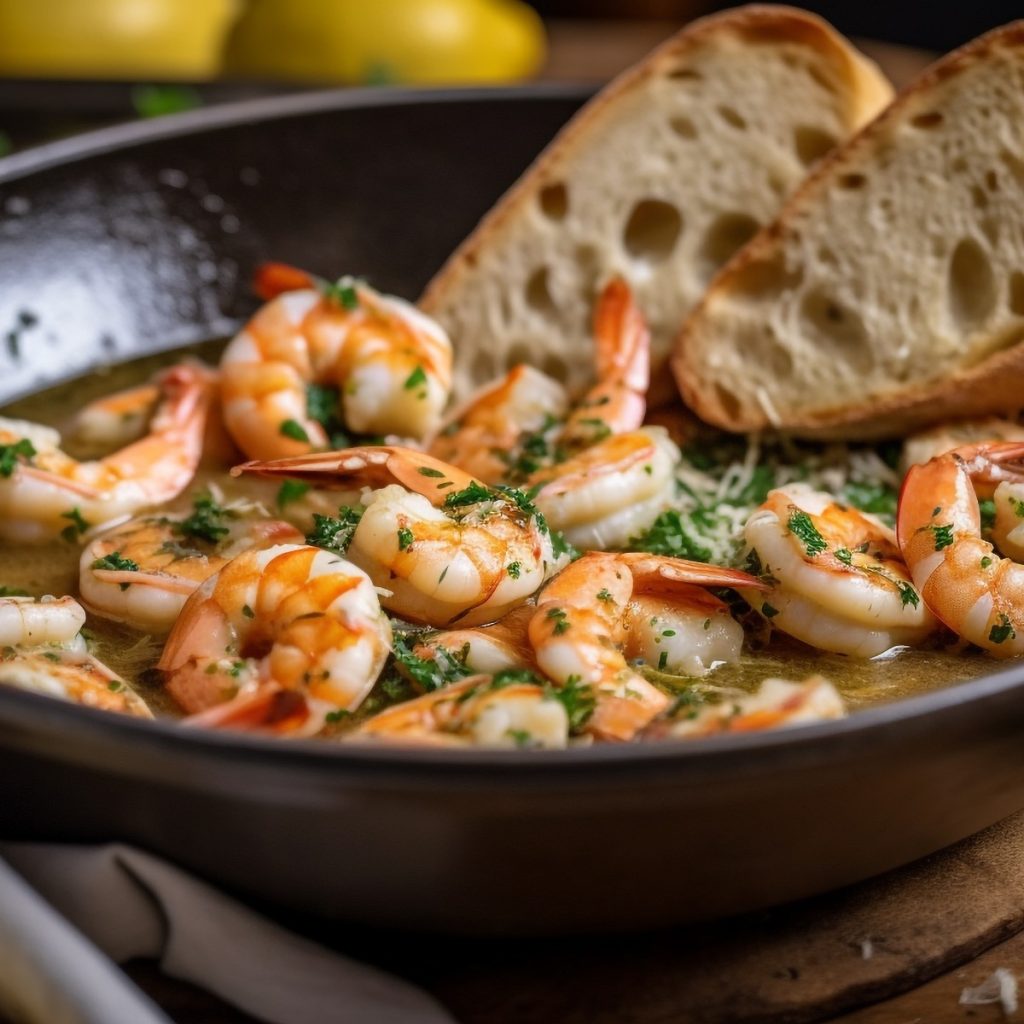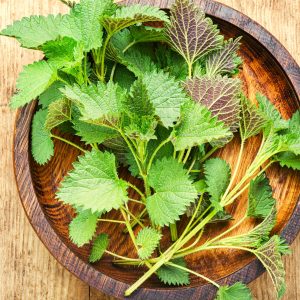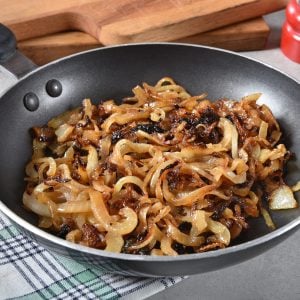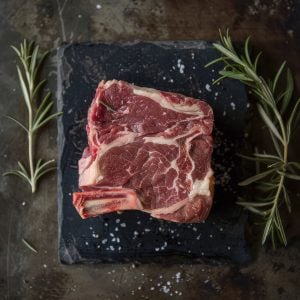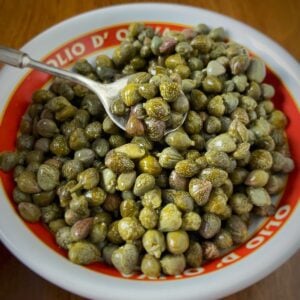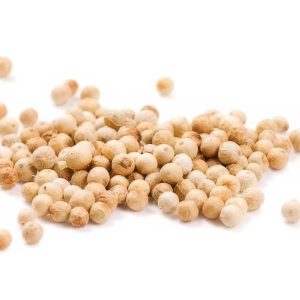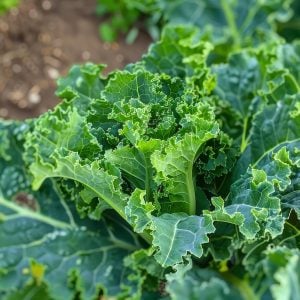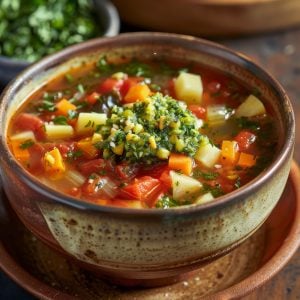Everything You Need To Know About Shrimp
Shrimp is a popular seafood that is enjoyed by many people all over the world. It is a type of crustacean that belongs to the family of decapod crustaceans. Shrimp can be found in fresh and saltwater and come in various sizes, colors, and flavors. This article will explore the fascinating world of shrimp, from its biology and habitat to its culinary uses and health benefits.
Biology and Habitat of Shrimp
Shrimp are part of the larger crustacean family, including lobsters, crabs, and crayfish. They have a hard exoskeleton that protects their body and a segmented body divided into three parts: the head, thorax, and abdomen. The head of the shrimp contains the eyes, antennae, and mouthparts, while the thorax contains the legs, and the abdomen holds the tail and swimmerets. Shrimp use their swimmerets to move through the water and to control their direction.
Shrimp can be found in fresh and saltwater and live in various habitats, including rivers, lakes, oceans, and estuaries. They are typically found near the bottom of the water, hiding among rocks, coral, and seaweed. Shrimp are also known to be excellent at camouflage, which allows them to blend in with their surroundings and avoid predators.
There are many different species of shrimp, and they come in various sizes and colors. The most common shrimp species include white, brown, and pink shrimp. White shrimp are typically found in the Gulf of Mexico and the southeastern coast of the United States, while brown shrimp are found along the Atlantic and Gulf coasts. Pink shrimp are typically found in the Pacific Ocean off the coast of Oregon and California.
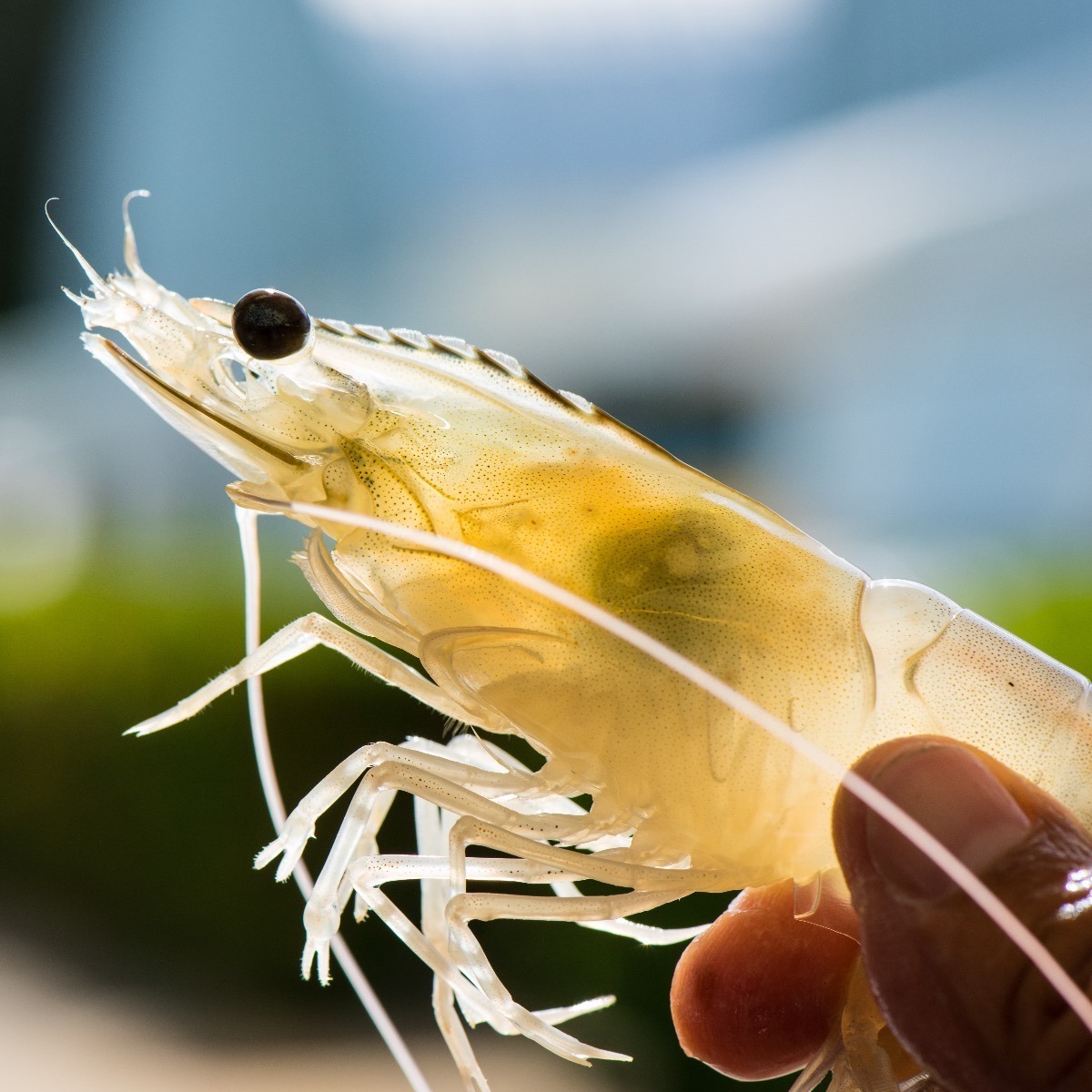
Culinary Uses
Shrimp is a popular ingredient in many different types of cuisine, including Italian, Asian, and Latin American. It is often used in shrimp scampi, shrimp Alfredo, stir-fry, and shrimp cocktails. Shrimp is also a popular ingredient in sushi rolls and is often used as a topping for salads and sandwiches.
Shrimp can be cooked in various ways, including boiling, grilling, sautéing, and baking. When preparing shrimp, it is essential to remove the shell and devein it to ensure it is safe to eat. Shrimp can also be purchased frozen or fresh, depending on the availability and preference of the consumer.
Health Benefits
Shrimp is a low-fat, low-calorie source of protein that is also rich in vitamins and minerals. It is a good source of omega-3 fatty acids, essential for brain health, and can help reduce the risk of heart disease. Shrimp are also a good source of vitamin B12, which is essential for maintaining healthy nerves and red blood cells.
Despite its many health benefits, shrimp can also pose a risk to people who are allergic to shellfish. People allergic to shellfish should avoid eating shrimp and other shellfish to avoid a potentially life-threatening reaction.
Sustainability
Shrimp production has been scrutinized recently due to concerns about sustainability and environmental impact. Shrimp farming, in particular, has been criticized for its use of antibiotics and other chemicals and its impact on local ecosystems.
Many companies and organizations have started promoting sustainable shrimp farming practices to address these concerns. These practices focus on reducing the use of antibiotics and chemicals, improving water quality, and protecting local ecosystems.
Why is it called a bottom feeder?
The term “bottom feeder” is often used to describe aquatic animals that feed on or near the bottom of a body of water. This includes fish like catfish and carp and some crustaceans like shrimp and crabs.
The term “bottom feeder” can have negative connotations, as it is sometimes associated with animals considered to be lower quality or less desirable for consumption. However, it is important to note that many bottom-feeding species are perfectly safe and healthy to eat. They are often enjoyed as part of traditional cuisines in different parts of the world.
These animals are called bottom feeders because they typically obtain their food by scavenging on or near the bottom of a body of water. This may include feeding on detritus (dead organic matter), algae, insects, small fish, or other organisms that live on or near the bottom.
Bottom-feeding animals are adapted to this feeding behavior through their physical characteristics. For example, catfish have specialized barbels (whisker-like structures) that help them locate food in murky water, while crustaceans like shrimp have claws and legs that allow them to scavenge along the bottom.
In summary, the term “bottom feeder” describes aquatic animals that feed on or near the bottom of a body of water. While the term can have negative connotations, it is essential to remember that many bottom-feeding species are perfectly safe and healthy to eat and are an important part of many aquatic ecosystems.
Types of shrimp
There are over 2,000 species of shrimp in the world. They come in various sizes, colors, and flavors and can be found in freshwater and saltwater environments. Some of the most commonly consumed shrimp species include white, brown, pink, tiger, and rock shrimp. The specific species of shrimp most commonly consumed can vary depending on geographic location and culinary traditions. Overall, shrimp are diverse and abundant crustaceans widely enjoyed as a food source worldwide.
Here are 10 of the most popular types of shrimp used for cooking, along with brief descriptions of each:
- White Shrimp: This is one of the most common species of shrimp used in cooking, especially in the United States. It has a sweet, mild flavor and a firm texture.
- Brown Shrimp: This species is commonly found in the Gulf of Mexico and has a slightly stronger flavor than white shrimp. It is often used in dishes like gumbo and jambalaya.
- Pink Shrimp: As the name suggests, this species has a pinkish hue and a sweet, delicate flavor. It is commonly found in the Pacific Ocean and is often used in salads and other cold dishes.
- Tiger Shrimp: This species is larger than most other types and has distinctive black stripes on its shell. It has a firm texture and a slightly sweet flavor.
- Rock Shrimp: This shrimp species has a hard outer shell and a sweet, delicate flavor. It is often used in dishes like tempura and seafood stir-fries.
- Spot Prawn: This shrimp species is commonly found on the West coast of North America and has a firm texture and sweet flavor. It is often served as sashimi or grilled.
- Northern Shrimp: This species is known as pink shrimp and is commonly found in cold waters worldwide. It has a delicate flavor and is often used in salads and other cold dishes.
- Royal Red Shrimp: This shrimp species is found in deep waters off the coast of Florida and has a firm texture and sweet flavor. It is often used in dishes like scampi and shrimp cocktails.
- Atlantic White Shrimp: This species is commonly found in the Atlantic Ocean and has a sweet, mild flavor and a firm texture. It is often used in dishes like pasta and seafood stews.
- Kuruma Shrimp: This species is native to Japan and has a sweet, delicate flavor and a firm texture. It is often served raw or lightly cooked in dishes like sushi and sashimi.
These are just a few examples of the many types of shrimp commonly used in cooking worldwide. The specific species of shrimp that are most popular can vary depending on regional availability and culinary traditions. Regardless of the species, shrimp are a versatile and delicious ingredient that can be used in various dishes.
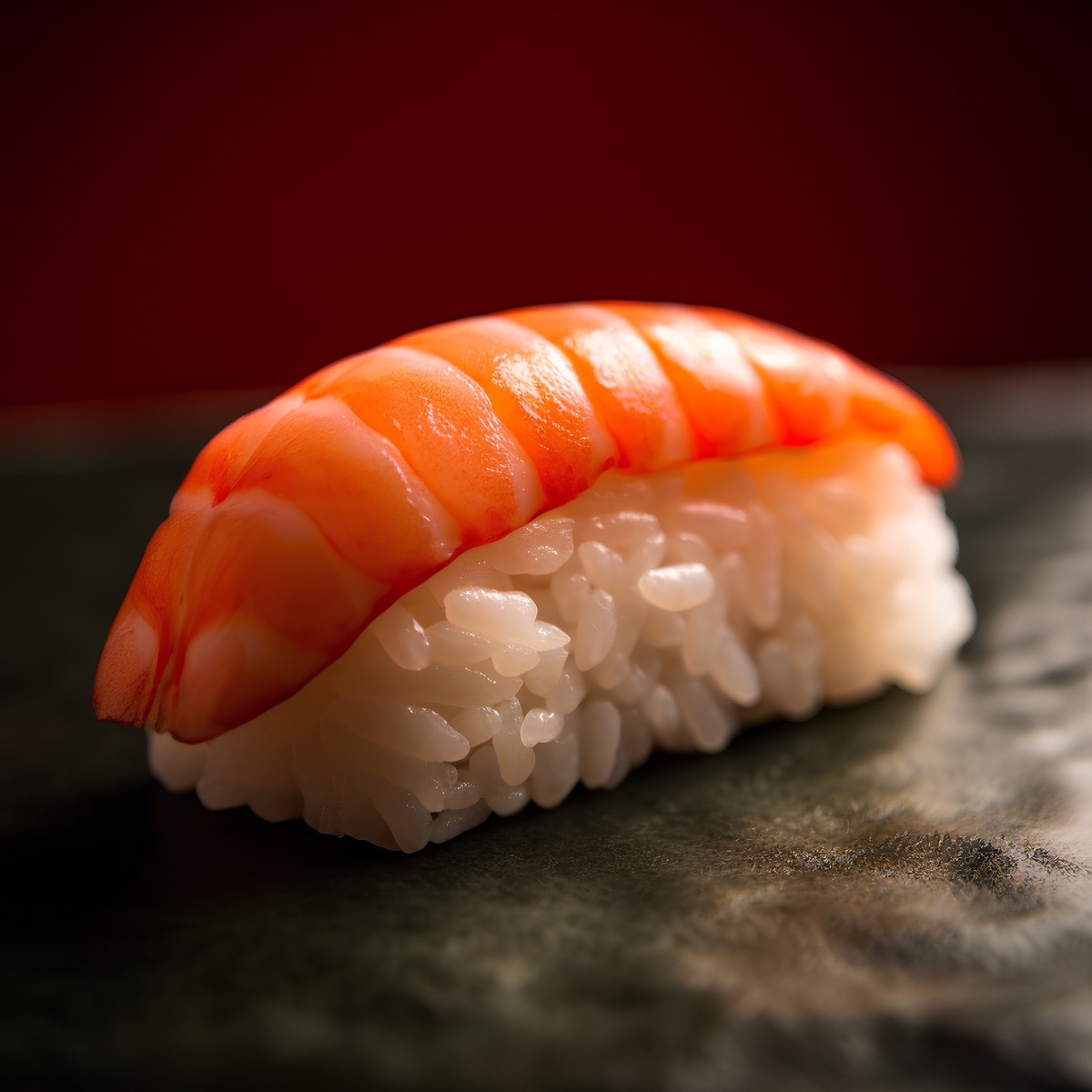
Nutritional value
Shrimp is a highly nutritious food that is low in calories and high in protein, vitamins, and minerals. Here are some of the key nutrients found in a 3-ounce serving of cooked shrimp:
- Calories: 84
- Protein: 18 grams
- Fat: 1 gram
- Carbohydrates: 0 grams
- Cholesterol: 166 milligrams
- Sodium: 111 milligrams
In addition to these macronutrients, shrimp is also a good source of micronutrients, including:
- Selenium: Shrimp is one of the best dietary sources of selenium, a mineral that plays a key role in immune function, thyroid health, and antioxidant protection.
- Vitamin B12: Shrimp is also a good source of vitamin B12, a nutrient that is essential for brain function, DNA synthesis, and red blood cell production.
- Iron: Shrimp contains small amounts of iron, important for oxygen transport and energy production.
- Phosphorus: Shrimp is a good source of phosphorus, an essential mineral for bone health and cell growth.
It is worth noting that shrimp is also relatively low in saturated fat and calories, making it a healthy choice for those looking to maintain a healthy weight or reduce their risk of heart disease.
One thing to remember when consuming shrimp is that it is a common food allergen. Some people may experience allergic reactions to shrimp, ranging from mild to severe. If you have a known allergy to shellfish, it is important to avoid consuming shrimp and other types of shellfish.
Other names for shrimp
Shrimp is known by various names worldwide, depending on the species and the region. Here are some of the common names for shrimp:
- Prawns: In some regions, such as the United Kingdom, Australia, and Southeast Asia, the term “prawn” refers to large shrimp species.
- Scampi: In the United States and some other countries, the term “scampi” refers to large shrimp often prepared with garlic and butter.
- Crayfish: In some regions, small freshwater shrimp are called crayfish or crawfish.
- Langoustine: This term often refers to a specific species of shrimp commonly found in European waters.
- Gambas: This term is often used in Spain and other Spanish-speaking countries to refer to large, meaty shrimp.
- Crevettes: In French cuisine, the term “crevettes” refers to small, sweet shrimp commonly used in salads and other dishes.
- Krevetki: This is the Russian word for shrimp, often referring to small, sweet shrimp commonly used in seafood salads and other dishes.
- Ebi: In Japanese cuisine, the term “ebi” refers to various species of shrimp, which are commonly used in sushi, sashimi, and other dishes.
- Gamba: In Italian cuisine, the term “gamba” refers to large, meaty shrimp commonly used in pasta dishes and other recipes.
These are just a few examples of the many names for shrimp that are used around the world. Regardless of the name, shrimp is a versatile and delicious ingredient widely enjoyed in cuisines around the globe.
Prawns
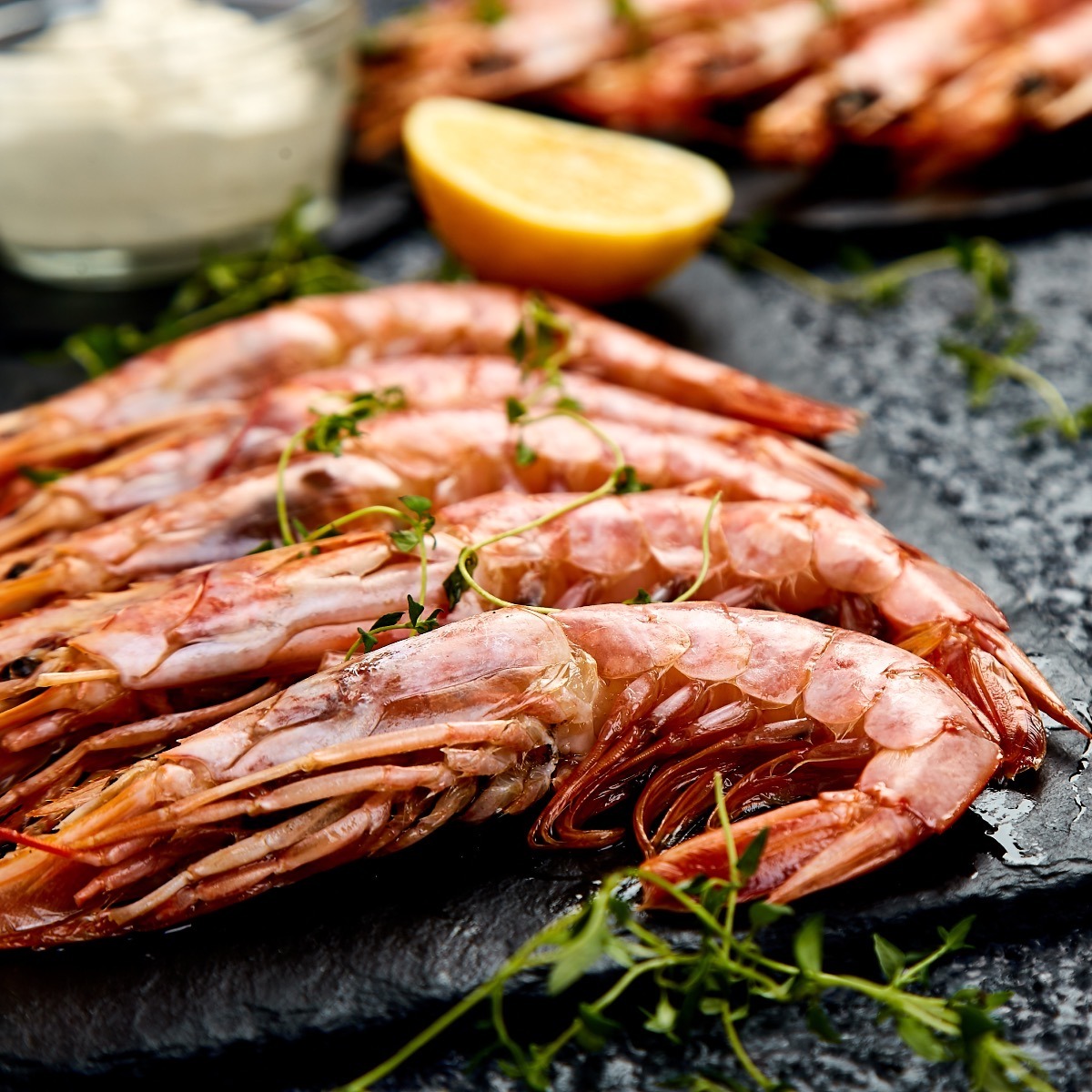
Prawns are a type of seafood that are closely related to shrimp. Like shrimp, prawns are members of the crustacean family, characterized by their long, slender bodies and distinctive flavor. However, prawns are generally larger than shrimp and are often considered to be more flavorful and meatier.
One of the main differences between prawns and shrimp is how they are harvested. Prawns are typically caught in deeper waters and are often larger and more mature than shrimp caught in shallower waters. Additionally, prawns have a more robust flavor and a firmer texture than shrimp, making them a popular choice for grilling, sautéing, and other cooking methods that allow their natural flavor to shine through.
Prawns are a popular ingredient in many different types of cuisine, including Asian, Mediterranean, and Latin American. They are often used in stir-fries, curries, pasta dishes, and soups and can be served as a main course or as part of a larger seafood platter.
From a nutritional standpoint, prawns are a good source of protein, vitamins, and minerals. They are low in fat and calories, making them a healthy choice for those looking to maintain a healthy weight or reduce their risk of heart disease. Like shrimp, prawns are also a typical food allergen, so it is vital to be aware of any allergies or sensitivities when consuming this type of seafood.
Krill shrimp
Krill shrimp, or simply krill, are small, shrimp-like crustaceans found in oceans worldwide. These tiny creatures are essential to the marine food chain, serving as a food source for many larger marine animals, including whales, seals, and penguins.
Krill shrimp are harvested on a large scale for various purposes, including as a food source for humans and as a dietary supplement for animals. In many parts of the world, krill are used in the production of fish food for aquaculture, as well as in pet food and livestock feed.
One of the most common uses of krill shrimp is in producing omega-3 supplements. Krill oil is a rich source of omega-3 fatty acids, essential nutrients that play a key role in brain health, heart health, and inflammation management. Krill oil supplements are often marketed as a more sustainable and environmentally friendly alternative to traditional fish oil supplements, as krill populations are thought to be more abundant and less threatened by overfishing.
Krill shrimp are also used in some human foods, mainly Asian cuisine. In Japan, for example, krill shrimp are often used in sushi and other seafood dishes, while in Korea, they are a popular ingredient in soups and stews.
Overall, krill shrimp are an important part of the marine ecosystem and are used in various ways by humans and other animals. However, as with any seafood, it is essential to be aware of the potential environmental impacts of harvesting krill and to consume them in moderation as part of a balanced and sustainable diet.
Krill shrimp, also known simply as krill, are relatively small crustaceans in oceans worldwide. There are several species of krill, but most are typically between 1 and 6 centimeters (0.4 to 2.4 inches) in length.
Despite their small size, krill are abundant and play a key role in the marine food chain. They are an essential food source for many larger marine animals, including whales, seals, and penguins. They are also harvested for human consumption and as a dietary supplement.
Krill shrimp are generally relatively small and may be difficult to spot with the naked eye. However, in large numbers, they can form massive swarms visible from space. These swarms, which can contain billions of individual krill, are an important food source for many marine animals and are a vital part of the marine ecosystem.
The size of krill shrimp may vary depending on the species and the region in which they are found, but they are generally relatively small and play an essential role in the ocean’s ecosystem.
Shrimp sizes
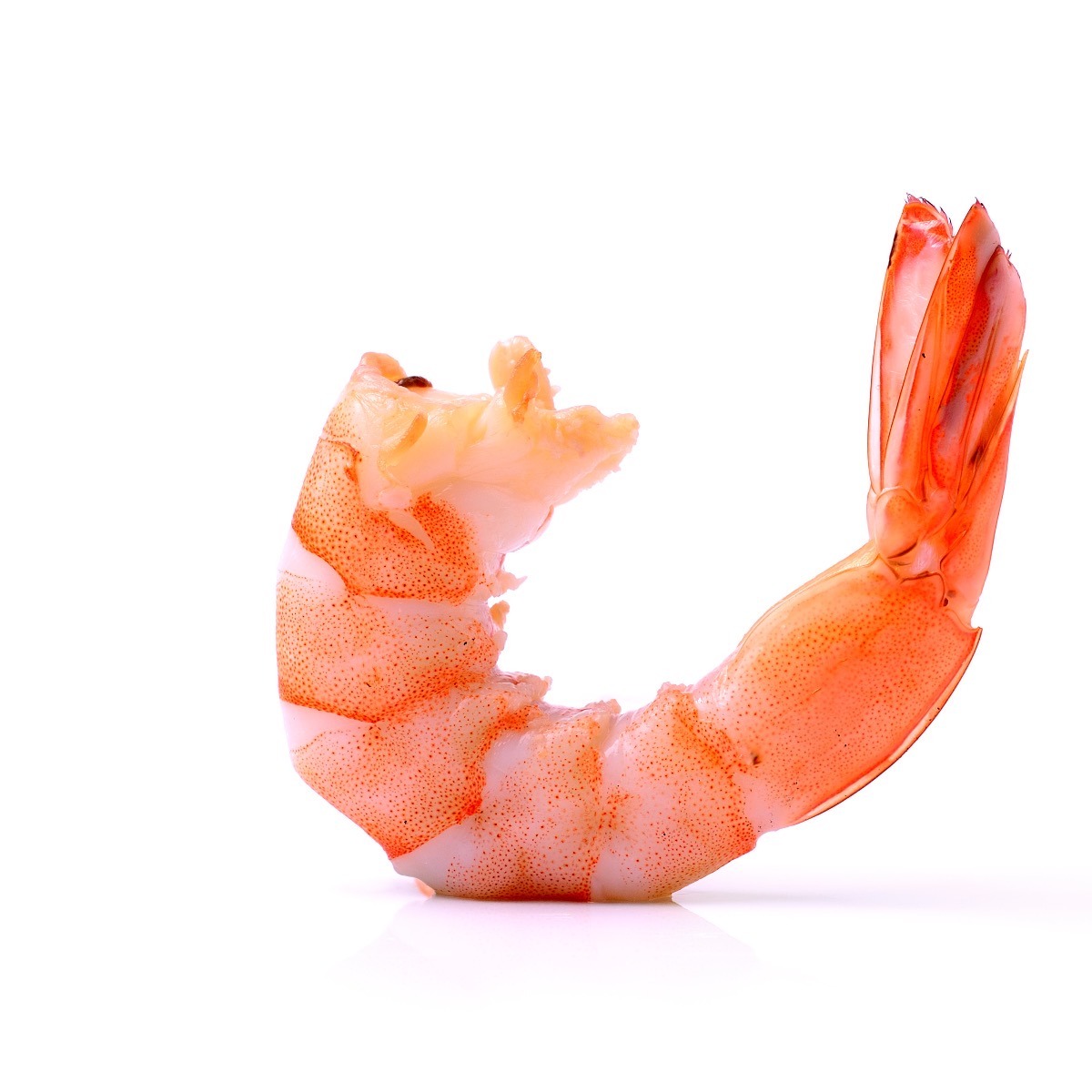
Shrimp are often sold in various sizes at the market, and the size of the shrimp can impact their flavor, texture, and cooking time. Here are some common size classifications for shrimp that you may encounter when shopping:
- Extra small (XS): Also known as salad shrimp or cocktail shrimp, these are the smallest shrimp available and are typically less than 1 inch long.
- Small (S): Small shrimp are typically 1 to 2 inches in length and can be used in a variety of dishes, such as stir-fries, pasta dishes, and salads.
- Medium (M): Medium shrimp are generally 2 to 3 inches long and popular for grilling, sautéing, and frying.
- Large (L): Large shrimp are typically 3 to 4 inches long and often used in scampi, shrimp cocktails, and seafood gumbo dishes.
- Extra large (XL): Extra large shrimp are usually 4 to 5 inches long and are often served as a main course or used in dishes that showcase their size and flavor.
- Jumbo (J): Jumbo shrimp are the largest shrimp available and can be up to 6 inches long. These are often used in high-end seafood dishes and can be pretty expensive.
It’s important to note that the exact size classifications for shrimp may vary depending on the region and the supplier, so it’s always a good idea to check the specific measurements or ask your seafood vendor for clarification. Additionally, the size of the shrimp can impact the price, so consider your budget when selecting the size to purchase.
Yes, shrimp are often sold by how many shrimp are in a pound, in addition to being sold by size. This is because the size of the shrimp can vary depending on the species and the region in which they are caught, so using a count-per-pound system can help ensure consistency and accuracy when purchasing shrimp.
Here are some common count-per-pound classifications for shrimp:
- Extra small (XS): 60+ shrimp per pound
- Small (S): 41-60 shrimp per pound
- Medium (M): 31-40 shrimp per pound
- Large (L): 21-30 shrimp per pound
- Extra large (XL): 15-20 shrimp per pound
- Jumbo (J): 10-15 shrimp per pound
Again, it’s important to note that the specific count-per-pound classifications for shrimp may vary depending on the region and supplier, so it’s always a good idea to check with your seafood vendor or read the label carefully to ensure you are getting the size and quantity of shrimp that you want.
Buying Shrimp
- Look for freshness: Fresh shrimp should have a mild, ocean-like aroma and feel firm and slightly moist. Avoid shrimp that smells overly fishy or has a slimy texture.
- Choose the right size: Consider the size of the shrimp you need for your recipe and choose an appropriate size. Keep in mind that larger shrimp will take longer to cook.
- Check the labeling: Look for labeling that indicates where the shrimp was caught and how it was farmed or caught. This information can help you make informed choices about the environmental impact and sustainability of the shrimp.
- Consider frozen shrimp: Frozen shrimp can often be a good choice as it can be just as fresh as fresh shrimp and is often more affordable and easier to find. Look for frozen shrimp that has been flash-frozen to ensure maximum freshness.
- Avoid pre-cooked shrimp: Pre-cooked shrimp can be convenient, but it is often lower in quality than fresh or frozen shrimp. If you opt for pre-cooked shrimp, ensure it is fresh and has been stored properly.
- Buy from a reputable source: Choose a trusted seafood vendor or grocer to ensure that the shrimp you buy is high quality and safe to eat.
- Check for added chemicals: Some shrimp may be treated with chemicals to preserve their color or texture. If you prefer to avoid these additives, look for shrimp labeled as “chemical-free” or “all-natural.”
- Be aware of sustainability: Overfishing and environmentally harmful fishing practices are major issues in the seafood industry. Consider buying shrimp labeled as sustainable or certified by organizations such as the Marine Stewardship Council or the Aquaculture Stewardship Council.
Defrosting shrimp
There are a few methods you can use to defrost frozen shrimp safely:
- In the refrigerator: This is the safest method as it prevents the growth of bacteria. Transfer the frozen shrimp from the freezer to the refrigerator and let it thaw overnight or for several hours until thoroughly defrosted.
- In cold water: Place the frozen shrimp in a leak-proof plastic bag and submerge it in cold water. Change the water every 30 minutes until the shrimp is thawed, which can take around 15-20 minutes for a pound of shrimp.
- In the microwave: This is the quickest method, but it can be tricky to get right without cooking the shrimp. Place the frozen shrimp in a microwave-safe dish and use the defrost setting to thaw it. Be sure to check on the shrimp every 30 seconds or so to prevent overcooking.
It’s important to note that you should never defrost shrimp at room temperature, as this can lead to bacterial growth and foodborne illness. Additionally, once the shrimp is defrosted, cook it promptly and avoid refreezing it to maintain its quality and safety.
How to peel shrimp
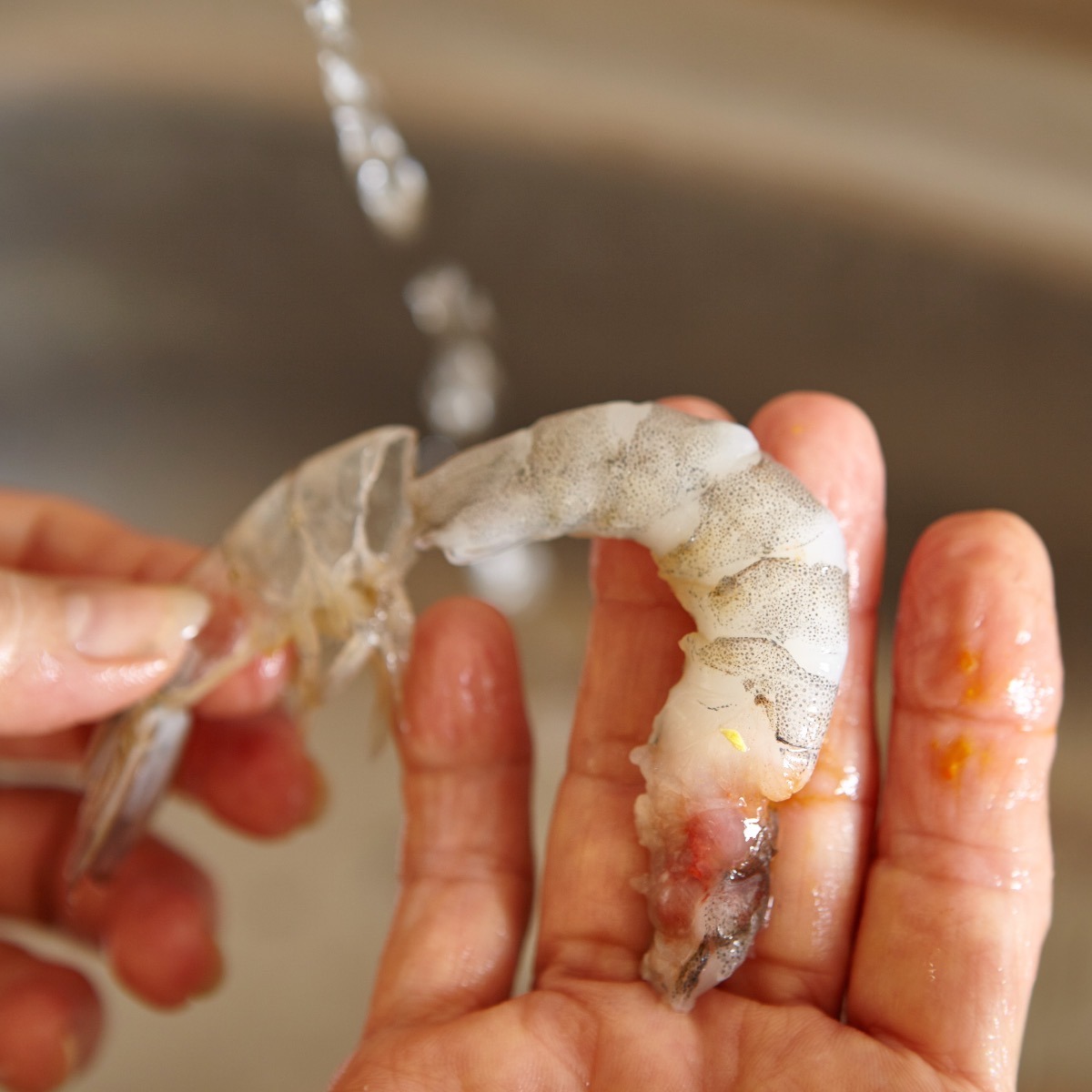
Peeling shrimp can be intimidating if you’ve never done it before, but it becomes a quick and easy task with some practice. Here’s a step-by-step guide on how to peel shrimp:
- Start by grasping the head of the shrimp with one hand and the tail with the other hand. Twist the head off and discard it.
- Use your fingers to gently pull off the shell from the shrimp’s body, starting at the head end and working your way down towards the tail.
- Once the shell is removed, use a sharp paring knife or kitchen scissors to cut along the top of the shrimp’s back, just deep enough to expose the dark vein that runs down the middle of the shrimp.
- Use the tip of the knife or your fingers to pull out the vein, which is the digestive tract. Discard it.
- Rinse the peeled and deveined shrimp under cold running water to remove any remaining shell fragments or veins.
That’s it! Your shrimp is ready to be cooked or used in your favorite recipe.
Some recipes may call for leaving the tail on the shrimp for presentation purposes. In that case, stop at step 2 and leave the tail intact. Additionally, some shrimp may come pre-peeled and deveined, saving you time and effort in the kitchen.
How to devein
Deveining shrimp is an important step in preparing them for cooking, as it removes the digestive tract and any sand or grit present. Here’s how to devein shrimp:
- Start by rinsing the shrimp under cold running water to remove any loose shell fragments.
- Use a sharp paring knife to make a shallow incision along the top of the shrimp’s back, just deep enough to expose the dark vein that runs down the middle.
- Use the knife tip or your fingers to gently pull out the vein, which may come out in one or several pieces.
- Once the vein is removed, rinse the shrimp again under cold running water to ensure that any remaining debris is removed.
- If you’re using the shrimp in a recipe that calls for the tail to be left on, you can make a small cut through the shell on the underside of the shrimp to expose the vein and then use a toothpick or the tip of the knife to pull it out carefully.
That’s it! Deveining shrimp may seem tedious, but it can be done quickly and efficiently with a bit of practice. And while deveining shrimp is not strictly necessary, it’s a good idea to do so to ensure that your dish is as clean and flavorful as possible.
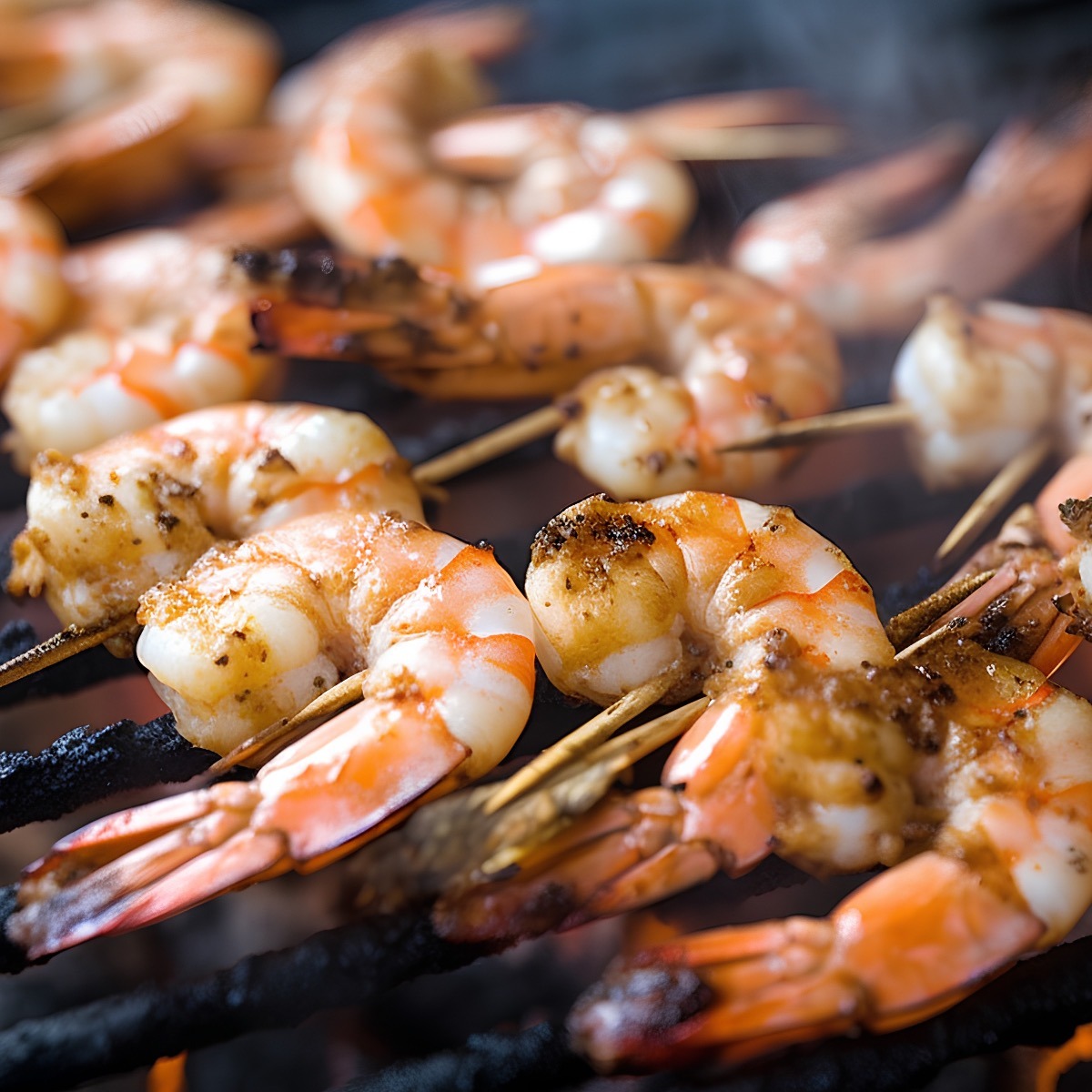
Cooking Shrimp
Shrimp is a versatile ingredient that can be cooked in many different ways. Here are some popular cooking methods:
- Boiling: This is a simple and quick method. Boil shrimp in salted water for 2-3 minutes until they turn pink and float to the surface.
- Grilling: Grilling shrimp adds a smoky flavor to them. Marinate the shrimp in a mixture of oil, herbs, and spices, and grill them over medium-high heat for 2-3 minutes per side.
- Sautéing: Sautéing shrimp in a pan with butter, garlic, and lemon juice creates a simple yet delicious dish. Cook for 2-3 minutes on each side until they turn pink.
- Frying: Breaded or battered shrimp can be fried until crispy and golden. Fry them in hot oil for 2-3 minutes until they’re cooked through and golden brown.
- Baking: Baking shrimp with garlic, butter, and breadcrumbs creates a flavorful and easy dish. Bake at 375°F for 10-12 minutes until the shrimp are pink and opaque.
- Stir-frying: Shrimp can be stir-fried with vegetables and sauces for a quick and healthy meal. Cook them in a hot pan with oil for 2-3 minutes until they turn pink.
- Steaming: Steaming shrimp in a bamboo steamer with ginger and soy sauce creates a delicate and healthy dish. Steam for 2-3 minutes until they’re cooked through.
Popular shrimp dishes
Shrimp is a popular ingredient in many cuisines worldwide, and it can be used in a wide variety of dishes. Here are some of the most popular dishes featuring shrimp:
- Scampi: A classic Italian-American dish that features shrimp sautéed in garlic, butter, and white wine, served over pasta.
- Cocktail: A popular appetizer in the United States consisting of boiled shrimp served with cocktail sauce.
- Risotto: An often-made dish at our house, especially when we need to prepare a meal at the last minute.
- Pad Thai: A Thai stir-fry dish that features shrimp, rice noodles, bean sprouts, and peanuts in a sweet and savory sauce.
- Jambalaya: A Cajun dish from Louisiana that combines shrimp, sausage, chicken, and rice in a spicy tomato-based sauce.
- Shrimp and grits: A classic Southern dish that features sautéed shrimp served over creamy grits, often with bacon and scallions.
- Paella: A Spanish dish that features rice, saffron, and various seafood, including shrimp, mussels, and clams.
- Sushi rolls: Japanese sushi rolls often feature either cooked or raw shrimp as one of the main ingredients.
- Fried rice: A Chinese stir-fry dish that combines shrimp, rice, vegetables, and egg in a savory sauce.
- Gumbo: A Creole dish from Louisiana that combines shrimp, okra, andouille sausage, and rice in a spicy tomato-based sauce.
- Coconut shrimp: A popular appetizer that features breaded and fried shrimp coated in sweetened coconut flakes.
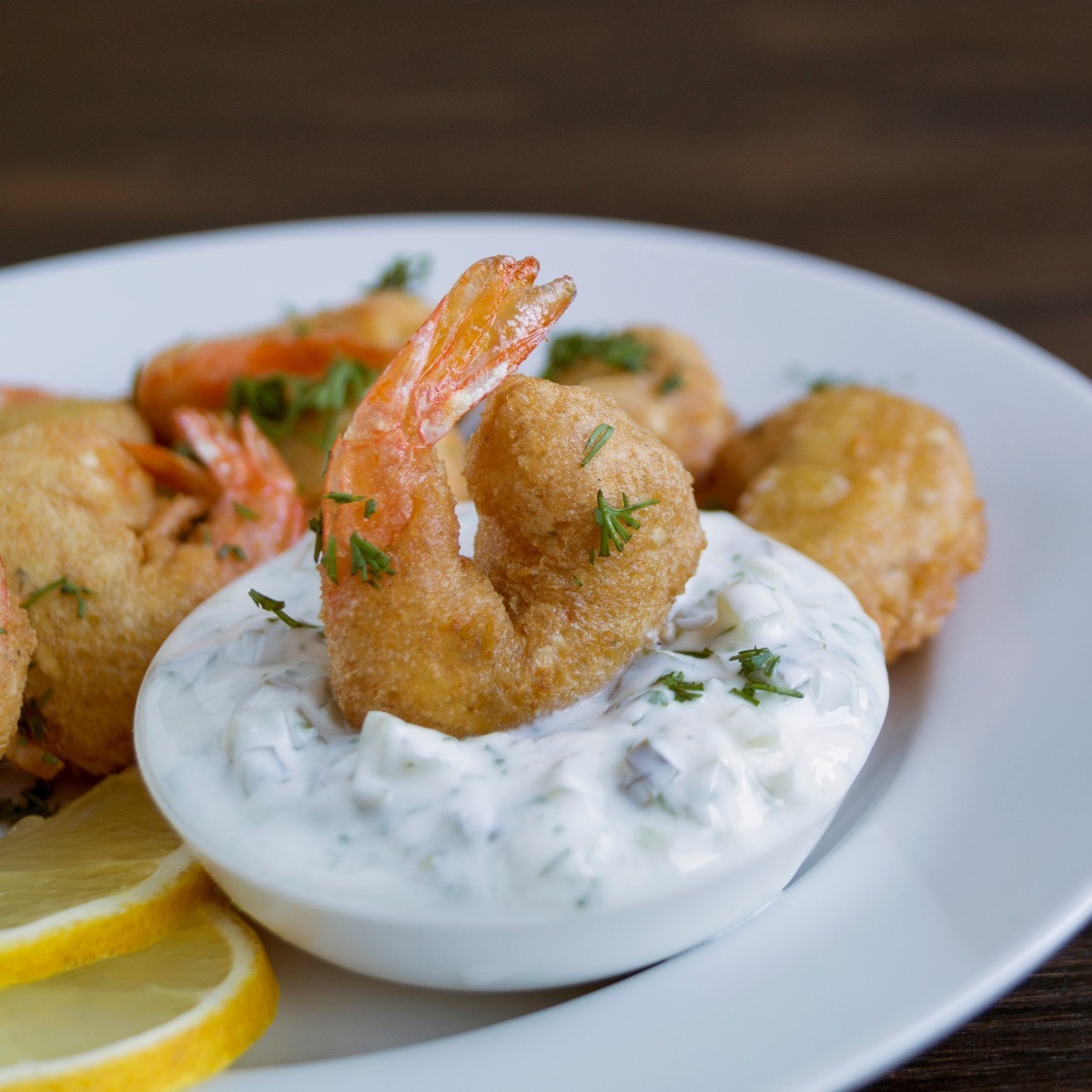
How Do You Know When They Are Done Cooking?
Overcooking shrimp can make them tough and rubbery, so it’s important to know when they’re done cooking. Here are some ways to tell when shrimp are fully cooked:
- Look for the color change: Raw shrimp are gray and turn pink and opaque as they cook. When they’re fully cooked, they should be uniformly pink with no gray spots.
- Check the texture: Cooked shrimp should be firm and slightly springy to the touch. If they feel mushy or slimy, they’re undercooked; if they’re hard and rubbery, they’re overcooked.
- Use a thermometer: If you need more clarification about the cooking time, use a food thermometer to check the internal temperature of the shrimp. They should reach a minimum temperature of 145°F (63°C) to be considered safe.
- Time it: Shrimp cook quickly, so keep an eye on them and remove them from the heat as soon as they’re done. Boiled shrimp typically take 2-3 minutes, while sautéed or grilled shrimp may take 3-4 minutes per side.
- Cut one open: If you need clarification on whether the shrimp are cooked through, cut one open and check the center. It should be white and opaque with no translucent or gray areas.
5 Fun Facts
- Shrimp have their hearts in their heads: While shrimp have a heart, it’s located in their heads, just behind their eyes. This unique feature is called an open circulatory system.
- Shrimp can be colored: Shrimp have a transparent exoskeleton but can be colored by the food they eat. For example, pink shrimp get their color from eating algae and plankton.
- Shrimp have a strong sense of smell: They use a highly developed sense of smell to find food and mates. They can detect chemical signals in the water at extremely low concentrations.
- Some shrimp are hermaphrodites: Some species, such as the cleaner shrimp, are hermaphrodites, meaning they have both male and female reproductive organs.
- The largest shrimp can be as big as a person: The mantis shrimp is not actually a shrimp but a crustacean. They can grow up to 18 inches long and have powerful claws that can break through aquarium glass.
These fun facts show how unique and fascinating shrimp can be; there is always more to learn about these fantastic creatures.
Tiger Shrimp
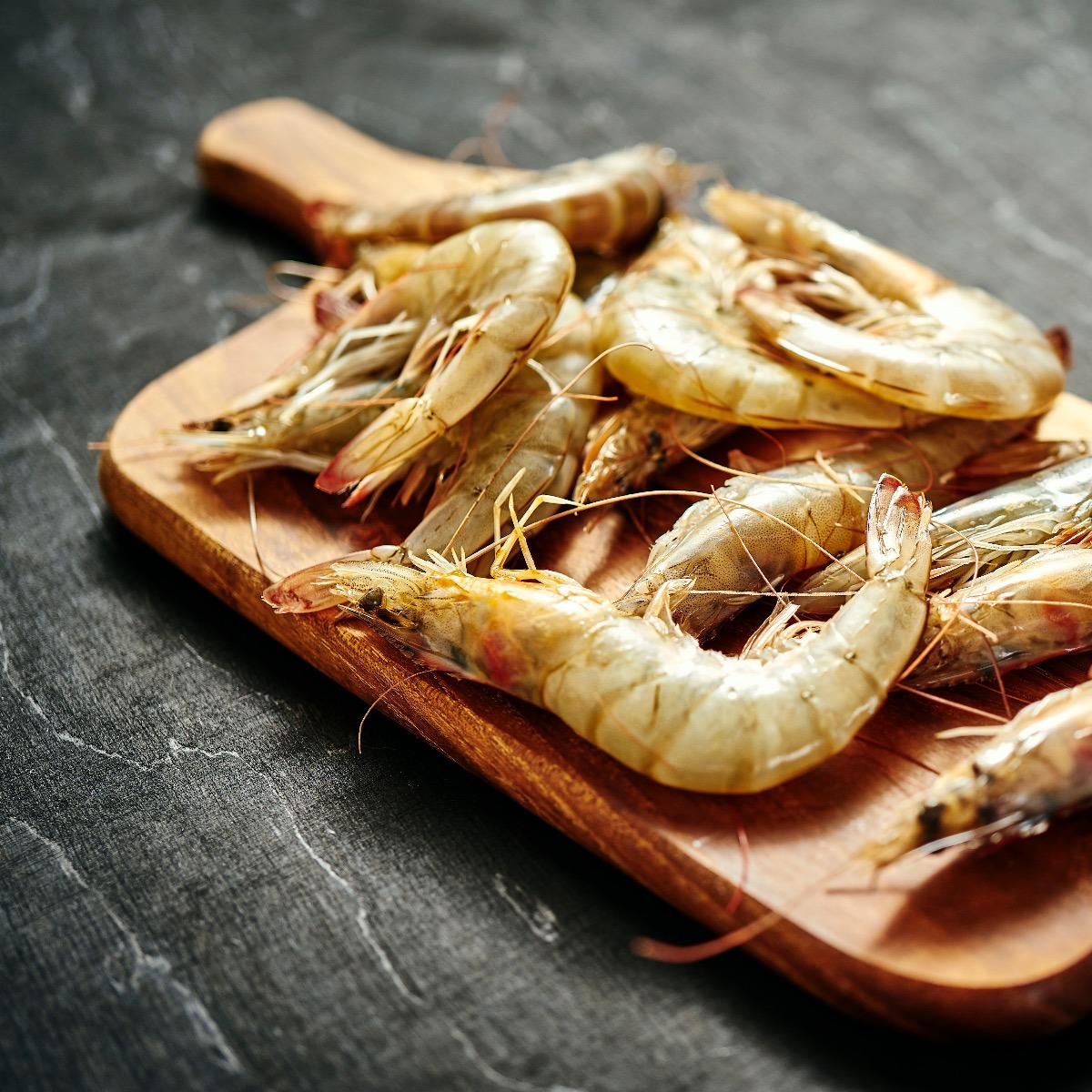
Tiger shrimp, also known as giant tiger prawns or black tiger shrimp, are highly prized in the culinary world for their large size and distinctive flavor. They are native to the Indo-Pacific region and are now farmed commercially in many parts of the world.
Tiger shrimp are named for the black stripes that run vertically along their grayish-blue bodies. They can grow up to 13 inches long and weigh up to 250 grams, making them much larger than most other shrimp species. Their meat is also firmer and sweeter than other shrimp, with a slightly nutty flavor.
Tiger shrimp are popular in cooking because of their large size and rich flavor, which makes them ideal for grilling, sautéing, and frying. They can be prepared in various dishes, including curries, stir-fries, and pasta dishes.
In addition to their culinary appeal, tiger shrimp are highly valued in the seafood industry because they grow quickly and can be farmed in large numbers. However, like all farmed seafood, the quality and sustainability of tiger shrimp can vary depending on the farming practices used.
Overall, tiger shrimp are a popular choice for seafood lovers and chefs alike, thanks to their impressive size, unique flavor, and versatility in the kitchen.
Pros and cons of farmed raised shrimp
Farm-raised or aquaculture shrimp are becoming an increasingly popular choice for seafood consumers. However, like any farming, this method of shrimp production has both advantages and disadvantages. Here are some of the pros and cons of farm-raised shrimp:
Pros:
- Consistent supply: Farm-raised shrimp are available year-round and can be produced in large quantities, ensuring a consistent supply of this popular seafood.
- Reduced environmental impact: Compared to wild-caught shrimp, farm-raised shrimp have a lower environmental impact. They produce less bycatch (accidentally caught fish and other marine animals) and have a smaller carbon footprint.
- Affordable: Farm-raised shrimp are often less expensive than wild-caught shrimp due to the increased efficiency of aquaculture operations.
- Safer: Farm-raised shrimp are typically safer to eat than wild-caught shrimp, as they are raised in controlled environments with fewer risks of contamination by harmful bacteria.
Cons:
- Poor farming practices: Some shrimp farms use poor farming practices that can lead to environmental damage, such as overuse of antibiotics and pesticides and pollution of nearby waterways.
- Lower nutritional value: Farm-raised shrimp may have lower levels of beneficial nutrients, such as omega-3 fatty acids, than wild-caught shrimp.
- Lower quality: Farm-raised shrimp may have a different quality of taste and texture than wild-caught shrimp due to their diet and living conditions.
- Disease risks: Crowded conditions in shrimp farms can increase the risk of disease outbreaks, which may require using antibiotics or other chemicals to control.
Farm-raised shrimp can be a convenient and affordable option for seafood consumers, but choosing products from farms that use responsible and sustainable practices is essential. By doing so, you can enjoy the benefits of this type of seafood production while minimizing its potential drawbacks.
How about taste when it comes to farm raised?
The taste of farm-raised shrimp can vary depending on several factors, including the type of shrimp, their feed, and the farming practices used. Some people believe that farm-raised shrimp can have a milder flavor and a softer texture than wild-caught shrimp, while others find them to be just as flavorful.
One factor that can affect the taste of farm-raised shrimp is the type of feed they are given. Many shrimp farms use commercial feed formulated to provide the necessary nutrients for the shrimp to grow quickly and efficiently. This feed may contain a combination of plant-based proteins, fish meal, and other ingredients.
Some farms may also use additives or antibiotics in their feed or water to prevent disease or promote growth. These additives can affect the taste and quality of the shrimp and may raise concerns about the safety and sustainability of farming practices.
In general, the taste of farm-raised shrimp may be influenced by various factors, including their diet, living conditions, and specific shrimp species. Some people prefer the taste of wild-caught shrimp, which may have a more distinct and complex flavor due to their natural diet and living environment.
Ultimately, the taste of shrimp can be subjective, and different people may have different preferences regarding farm-raised versus wild-caught shrimp. Choosing high-quality shrimp from reputable sources, whether farm-raised or wild-caught, is important to ensure the best possible taste and quality.

